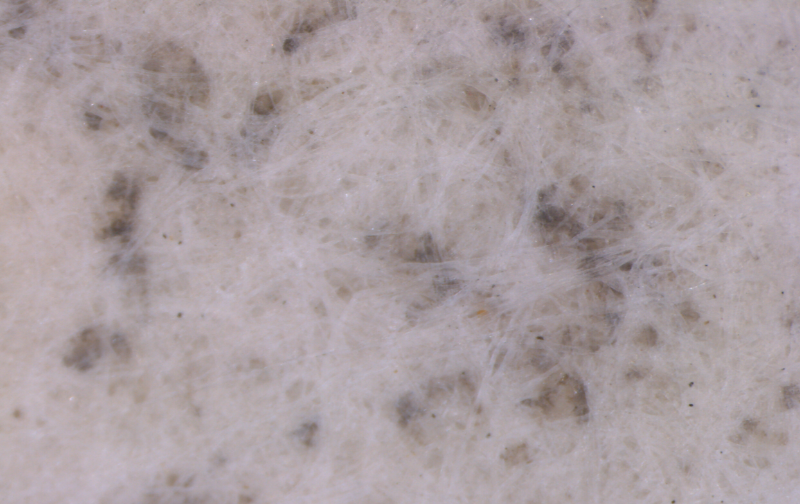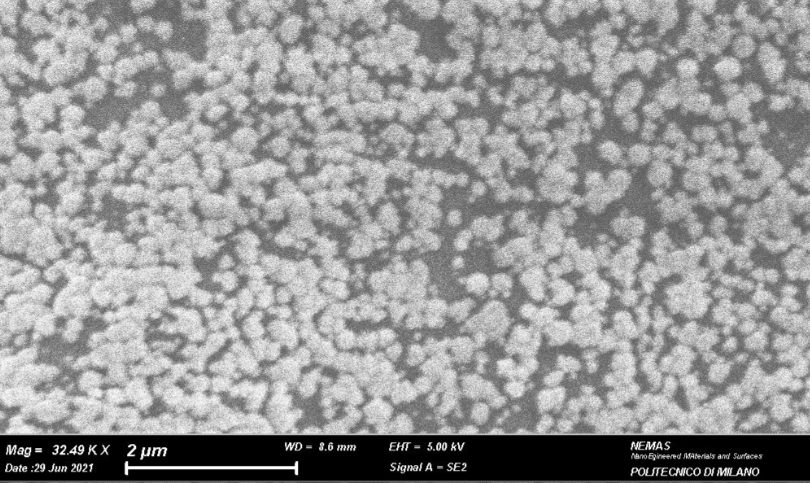The Codex Atlantis is one of the most extensive and fascinating collections of Leonardo's drawings and writings.
The interdisciplinary research team used a range of non-invasive and micro-invasive analytical techniques to study this phenomenon, its nature and its causes.
Codex Atlanticus, donated by VenerandaThe Biblioteca Ambrosiana was restored in 1637 at the Laboratorio del Libro Antico of the Abbey of Grottaferrata in the period from 1962 to 1972. As a result, experts released 12 volumes with 119 sheets: each page has a passe-partout with a panel (added by restorers at Grottaferrata) framing the original fragments of Leonardo's documents. Since 1997, the Codex has been stored in a strictly climate-controlled facility in accordance with paper preservation standards.
In 2006, experts noticed that the documentsThe Vinci began to change: very small black spots were found on the mat, located around the panel framing and binding the folio. They were found on approximately 210 pages of the Codex, starting with folio 600. This caused great concern among museum curators and scholars. In 2009, several volumes were divided.
Today, drawings are individually mountedon a passe-partout, in folders and boxes made of acid-free cardboard. The research carried out by the Polytechnic Institute began in 2021 during the work to replace sheet 843 mat.
Previous studies have ruled out that the spotsarose as a result of microbiological spoilage processes. Collaborators at Politecnico di Milano carried out hyperspectral photoluminescence imaging, UV fluorescence imaging and other observation methods. As a result, they found traces of starch glue and vinyl glue in places where the stains were especially intense.
In addition, scientists noticed the presence of roundinorganic nanoparticles with a diameter of 100-200 nanometers, consisting of mercury and sulfur. They accumulated in the cavities formed between the cellulose fibers of the mat paper. Finally, with the help of synchrotron analysis carried out at the ESRF in Grenoble, it was possible to identify these particles as metacinnabarite, a mercury sulfide in an unusual black crystalline phase.
 Black spots on the mat of folio 843 of the Atlantic Codex. Credit: Politecnico di Milano
Black spots on the mat of folio 843 of the Atlantic Codex. Credit: Politecnico di Milano
In-depth studies of conservation methodspapers made it possible to formulate some hypotheses for the formation of metacinnabarite. The presence of mercury has been linked to the addition of an anti-vegetative salt to the adhesive mixture used in the Grottaferrata restoration technique. It was applied only to certain areas of mat paper to prevent microbiological contamination of the Codex.
 Nanoparticles composed of mercury and sulfur, on sheet 843 of the Atlantic Codex. Credit: Politecnico di Milano
Nanoparticles composed of mercury and sulfur, on sheet 843 of the Atlantic Codex. Credit: Politecnico di Milano
The presence of sulfur, on the other hand, causedair pollution (in Milan in the 1970s SO2 levels were very high). Perhaps it's due to the additives used in the glue. Over time, this would lead to a reaction with mercury salts and the formation of metacinnabarite particles, responsible for the appearance of black spots.
Read more:
Tumor size reduced by implanting 'edited' fat
New solar cell breaks world efficiency record
No longer a toy. What will the evolution of GPT and Midjourney lead to?
Cover photo: folio 843 of the Codex Atlanticus
Credit: Codex Atlanticus, Veneranda Biblioteca Ambrosiana, Milan